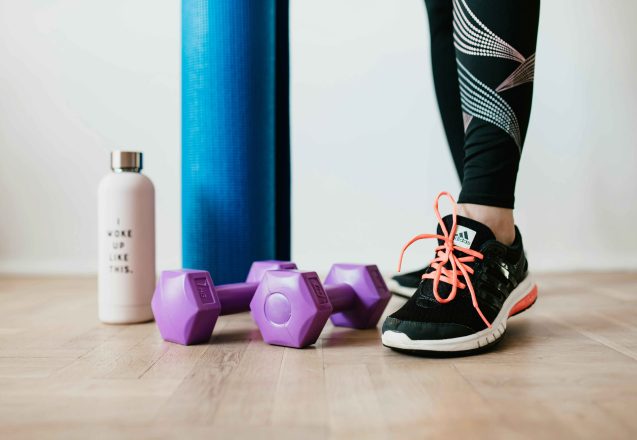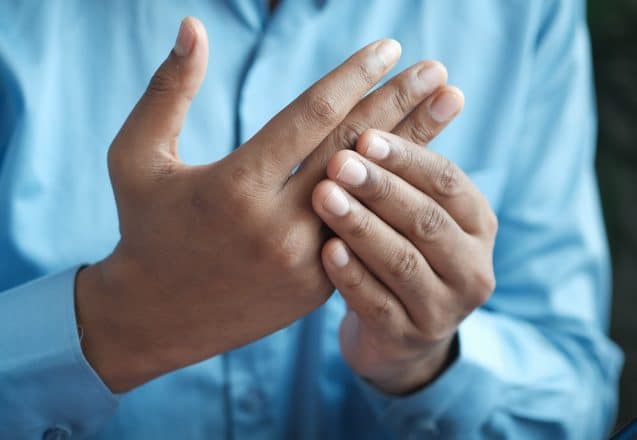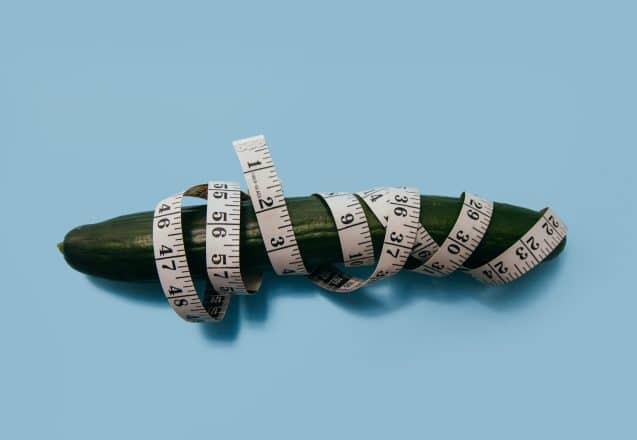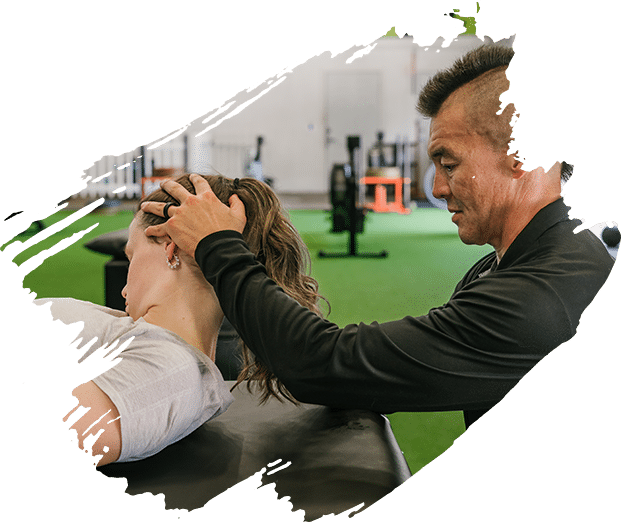Easy Workouts To Do On Your Lunch Break
 Everyone has times when there's more work than there is in the day. It's hard to find the time to exercise. If there's no other way to exercise, you can do these easy workouts on your lunch break. It's not as good as going to the gym and pushing yourself to the limit, but you won't have to shower after doing these. Doing something is better than doing nothing. These workouts won't replace a traditional exercise program but fill in well in a pinch.
Everyone has times when there's more work than there is in the day. It's hard to find the time to exercise. If there's no other way to exercise, you can do these easy workouts on your lunch break. It's not as good as going to the gym and pushing yourself to the limit, but you won't have to shower after doing these. Doing something is better than doing nothing. These workouts won't replace a traditional exercise program but fill in well in a pinch.
Walk to lunch and make it a HIIT workout.
HIIT stands for high intensity interval training. HIIT isn't a specific exercise but a way of doing any exercise. It alternates between a high intensity and a recovery pace. You can walk to lunch, pushing yourself sometimes, then slowing down to recover. If traffic is busy, you may even beat those who drove. You also can use HIIT in the building. Use some of your breaks to run up and down the stairs. Just call it your office step workout.
Workout at your office.
You can do several exercises in the privacy of your office or cubicle. Create a list of exercises that don't require equipment or can use office furniture instead. When you have a minute or two, do a few sets of one of those until you complete your list. Tricep dips using a stable chair without rollers, calf raises, squats, desk push-ups, and lunges are easy to do at the office. You can do jumping jacks while standing and seated leg lifts, leg extensions, side twists, and flutter kicks when seated.
Break your workout into sections.
You don't have to do your entire exercise session at once. If you have five to ten minutes in the morning before you shower or while waiting for coffee, use that five minutes to do part of your session. You can do another session whenever you have five minutes or more of uninterrupted time. Keep a list with the entire workout and a place to check when you complete it. Keep it close so you're ready when there's room in your schedule.
- Get two sets of resistance bands, one for home and one for your office if you work outside the home. Many exercises allow you to sit and do other things while using them. Sidekicks, leg pulses, and twists are a few.
- If time is short, you can do a regular session, increase the intensity. You'll get as much benefit from a shorter but more intense workout. You can also cut the time by using the HIIT format.
- Work on flexibility on those days when your schedule is busy. Desk stretches improve flexibility and help relieve tension. Stretch your entire body. Clasp your hands together and raise your arms above your head. Bend from side to side.
- Put extra vigor into every movement to supplement your workout. If you're going up the stairs, push yourself to run up them. If you're picking up clothes, do deep knee bends to do it.
For more information, contact us today at Habitat Health & Fitness



 If you're starting your fitness program, it can be confusing to know what to do. If you're strength-building, do you go heavy with fewer reps or go light with more? You want to spend your time maximizing results and not be counterproductive. Here are some tips for working out for beginners that people in Winter Haven, FL, found beneficial. The first is simple. Start by becoming more active. Increase the activity in your daily life to prepare you for more strenuous workouts.
If you're starting your fitness program, it can be confusing to know what to do. If you're strength-building, do you go heavy with fewer reps or go light with more? You want to spend your time maximizing results and not be counterproductive. Here are some tips for working out for beginners that people in Winter Haven, FL, found beneficial. The first is simple. Start by becoming more active. Increase the activity in your daily life to prepare you for more strenuous workouts.
 Clients at Habitat Health and Fitness in Lakeland, FL, understand they shouldn't exercise the same muscles intensely every day. They know it's important to make time for recovery. If you're doing strength training, you should rest the muscles you worked for approximately 48 hours. That allows them to heal and recover. When you work a muscle intensely, it tears the muscles down by making small micro tears. During recovery, scar tissue forms to heal those tears and make the muscles bigger and stronger.
Clients at Habitat Health and Fitness in Lakeland, FL, understand they shouldn't exercise the same muscles intensely every day. They know it's important to make time for recovery. If you're doing strength training, you should rest the muscles you worked for approximately 48 hours. That allows them to heal and recover. When you work a muscle intensely, it tears the muscles down by making small micro tears. During recovery, scar tissue forms to heal those tears and make the muscles bigger and stronger.
 People suffering from arthritis often find it painful just to move. They don't realize that doing some types of exercise can relieve arthritis pain. Changing your diet can also help relieve pain. These two lifestyle changes can make a big difference, just as keeping a sleeping schedule and getting adequate sleep. Unlike many painkillers, whether OTC or prescription, there are no unwanted side effects. In fact, besides relieving pain, you'll have more energy and feel better.
People suffering from arthritis often find it painful just to move. They don't realize that doing some types of exercise can relieve arthritis pain. Changing your diet can also help relieve pain. These two lifestyle changes can make a big difference, just as keeping a sleeping schedule and getting adequate sleep. Unlike many painkillers, whether OTC or prescription, there are no unwanted side effects. In fact, besides relieving pain, you'll have more energy and feel better.
 Many people want to have a flat stomach or washboard abs. I hear that goal all the time at Habitat Health and Fitness in Lakeland, FL. You don't have to want washboard abs to appreciate getting rid of belly---visceral---fat. Belly fat is one of the most dangerous types of fat. It crowds the internal organs. It also makes toxins called cytokines that cause inflammation. That inflammation can lead to heart disease, increase insulin resistance that leads to diabetes, and link to colon, pancreas, and esophagus cancer.
Many people want to have a flat stomach or washboard abs. I hear that goal all the time at Habitat Health and Fitness in Lakeland, FL. You don't have to want washboard abs to appreciate getting rid of belly---visceral---fat. Belly fat is one of the most dangerous types of fat. It crowds the internal organs. It also makes toxins called cytokines that cause inflammation. That inflammation can lead to heart disease, increase insulin resistance that leads to diabetes, and link to colon, pancreas, and esophagus cancer.
 Learning how to eat simple is relatively easy. It's all about eating foods with only one or two ingredients. The fewer the ingredients you have, the simpler the food is. If you choose peanut butter, it should contain one ingredient or possibly two. The ingredients should be peanuts or peanuts and salt. You can use canned goods and frozen food, as long as nothing is added, like sugar.
Learning how to eat simple is relatively easy. It's all about eating foods with only one or two ingredients. The fewer the ingredients you have, the simpler the food is. If you choose peanut butter, it should contain one ingredient or possibly two. The ingredients should be peanuts or peanuts and salt. You can use canned goods and frozen food, as long as nothing is added, like sugar.
 Many people start diets with good intentions. They want to lose weight, look, and feel better. Unfortunately, they often make diet mistakes that doom the weight loss from the start. Identifying those mistakes can help you avoid them and be more successful at weight loss. One reason diets fail is that they're diets. Instead of learning to eat healthier, people set severe restrictions. They may have a diet that limits food intake to cabbage soup or grapefruit juice. That type of diet isn't sustainable or healthy.
Many people start diets with good intentions. They want to lose weight, look, and feel better. Unfortunately, they often make diet mistakes that doom the weight loss from the start. Identifying those mistakes can help you avoid them and be more successful at weight loss. One reason diets fail is that they're diets. Instead of learning to eat healthier, people set severe restrictions. They may have a diet that limits food intake to cabbage soup or grapefruit juice. That type of diet isn't sustainable or healthy.
 There are many misconceptions about healthy eating. Some people think it's going gluten-free or switching from table sugar to honey. While we focus on exercise at Habitat Health and Fitness in Lakeland, FL, we encourage people to eat healthier. It doesn't mean you have to give up all the food you love. It means you make smarter choices when it comes to food. Have a piece of fresh fruit instead of grabbing a candy bar as a snack.
There are many misconceptions about healthy eating. Some people think it's going gluten-free or switching from table sugar to honey. While we focus on exercise at Habitat Health and Fitness in Lakeland, FL, we encourage people to eat healthier. It doesn't mean you have to give up all the food you love. It means you make smarter choices when it comes to food. Have a piece of fresh fruit instead of grabbing a candy bar as a snack.
 Circuit training isn't a specific exercise but a way of doing a group of exercises. Each exercise is a station that improves different aspects of fitness. They work different body parts or different types of fitness, such as cardio, flexibility, balance, or strength. People doing circuit training go from one station to another without much break between each set. When finished, they start the circuit again. It builds endurance and strength. It's excellent for weight loss.
Circuit training isn't a specific exercise but a way of doing a group of exercises. Each exercise is a station that improves different aspects of fitness. They work different body parts or different types of fitness, such as cardio, flexibility, balance, or strength. People doing circuit training go from one station to another without much break between each set. When finished, they start the circuit again. It builds endurance and strength. It's excellent for weight loss.
 Strong core muscles help you move with ease and maintain good posture and balance. When you include ab workouts, you're increasing the strength of the core. At Habitat Health and Fitness in Lakeland, FL, we include ab workouts. They help keep your stomach flat, improve your posture, and allow you to move freely. When your core muscles are strong, you can bend, twist, and stand erect with ease. Strengthening the abs reduces the effort of the back muscles to keep you erect. That relieves back, hip, and leg pain.
Strong core muscles help you move with ease and maintain good posture and balance. When you include ab workouts, you're increasing the strength of the core. At Habitat Health and Fitness in Lakeland, FL, we include ab workouts. They help keep your stomach flat, improve your posture, and allow you to move freely. When your core muscles are strong, you can bend, twist, and stand erect with ease. Strengthening the abs reduces the effort of the back muscles to keep you erect. That relieves back, hip, and leg pain.